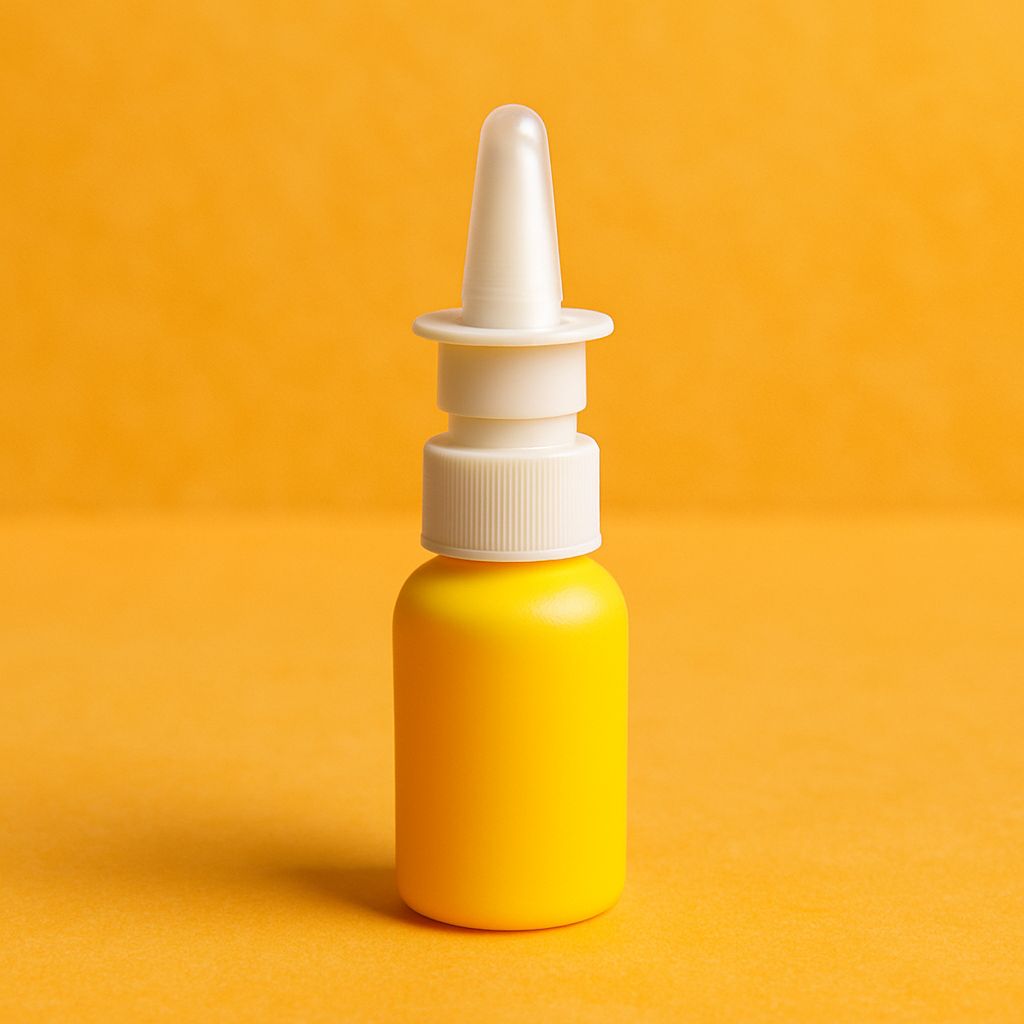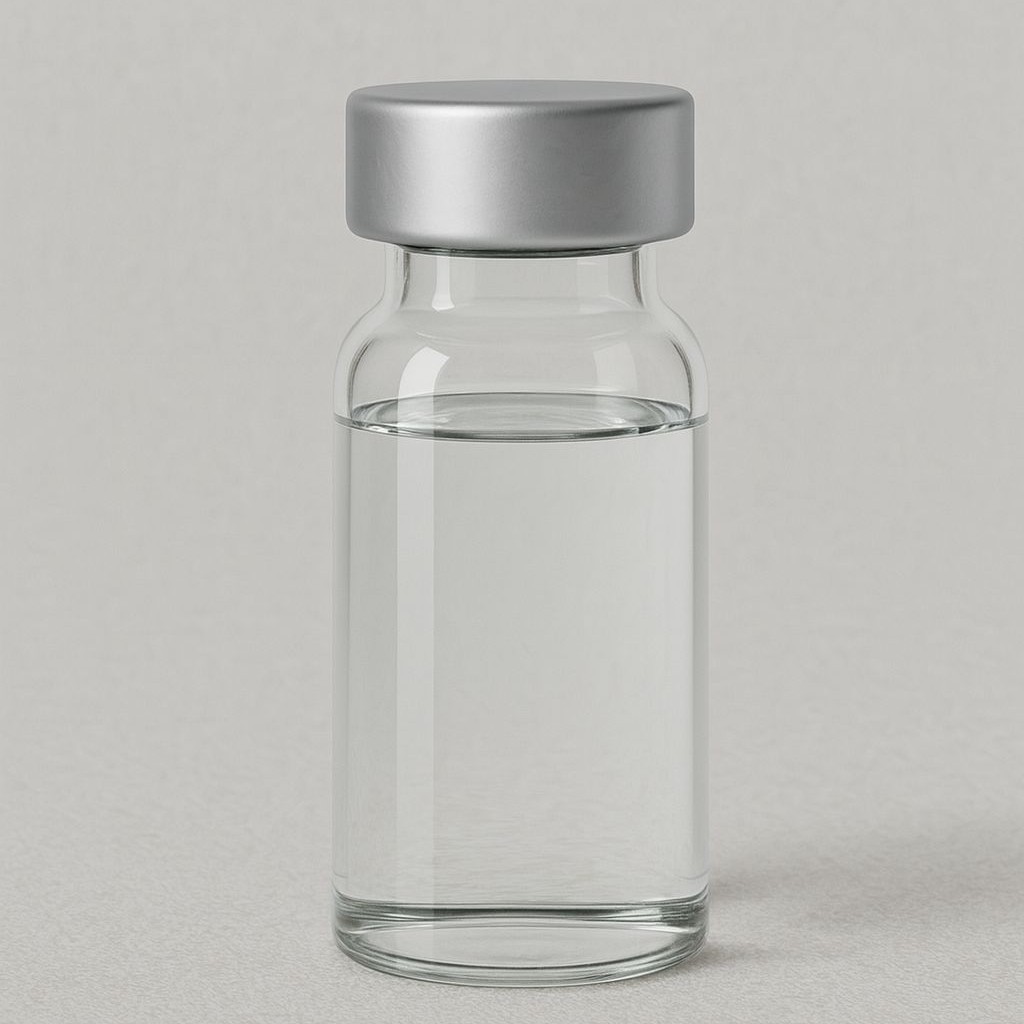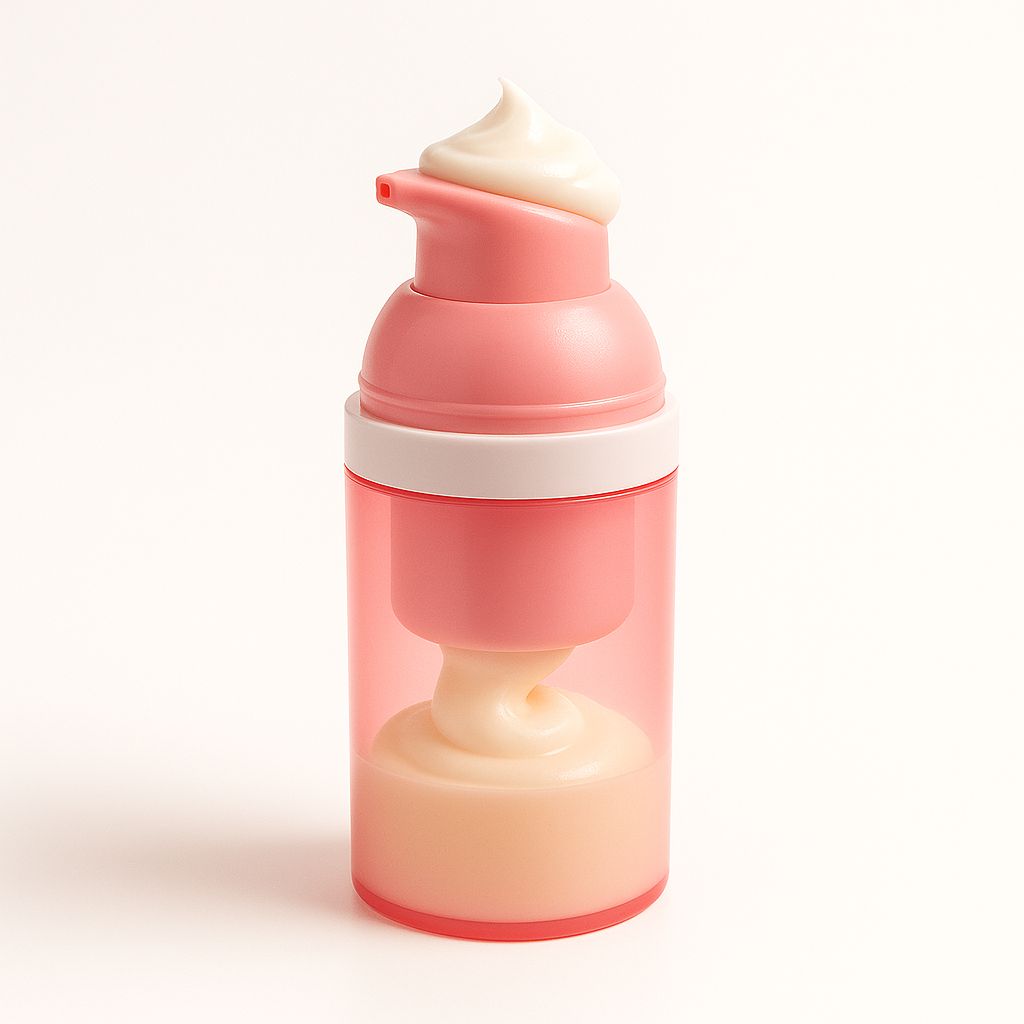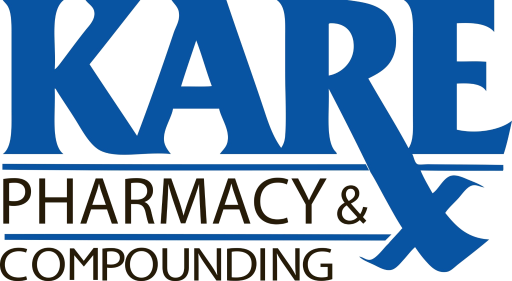
Clinical Information
Use as directed by your healthcare provider. Gently blow your nose before each use. Prime the spray if it is new or has not been used for several days. If you miss a dose, take it when you remember unless it is close to your next scheduled dose. Do not double up doses. Your healthcare provider will decide how long you need to use this medication.
Oxytocin is a naturally occurring hormone that acts on receptors in the brain linked to bonding, trust, and social comfort. When sprayed into the nose, it passes through the nasal lining into the bloodstream and also travels along nerve pathways directly to brain areas involved in emotion. Effects can start within 30–45 minutes and may last about 2–4 hours. Patients often notice feeling calmer, friendlier, or more connected during this window, which can help with intimacy or social situations.
Do not use if you are pregnant or think you might be pregnant (may cause uterine contractions). Do not use while breastfeeding unless your provider specifically says it is safe. Do not use if you are allergic to oxytocin or any ingredients in this spray. Avoid if you have uncontrolled high blood pressure, serious heart problems, or a history of severe migraines, because oxytocin can affect blood pressure and blood flow. Not for use in children under 18 unless directed by a pediatric specialist.
Tell your provider about all medicines you take. Oxytocin may lower blood pressure, so using it with blood pressure medications (like ACE inhibitors, beta-blockers, or diuretics) could increase dizziness or fainting. Combining with antidepressants that raise serotonin levels (SSRIs such as sertraline, SNRIs, or MAOIs) may raise the risk of low sodium levels. Nasal decongestants containing oxymetazoline or phenylephrine could reduce absorption of this spray. Alcohol and cannabis can add to drowsiness or light-headedness; limit or avoid them while using oxytocin.
Very common (affects more than 1 in 10 people): mild nasal irritation or runny nose. Common (affects 1–10 in 100 people): headache, flushing, slight dizziness, feeling warm, or mild nausea; these usually go away within an hour. Uncommon (affects 1–10 in 1,000 people): low blood pressure, rapid heartbeat, mood swings, or blurry vision. Rare but serious: severe allergic reaction (rash, swelling of face or throat, trouble breathing), very low sodium levels causing confusion or seizures, or severe drop in blood pressure leading to fainting. Stop the spray and seek medical help right away if serious reactions occur. Most mild side effects improve as your body gets used to the medication.
Store upright at 36-46°F (2-8°C) when possible for best stability. The spray may be kept at room temperature (59-77°F, 15-25°C) for up to 30 days, but avoid temperatures above 86°F (30°C). Protect from direct sunlight and do not freeze. Keep the cap tightly closed to avoid contamination. Do not share your spray with others. Dispose of unused or expired spray through a pharmacy take-back program or by mixing it with coffee grounds inside a sealed plastic bag before placing in household trash.
Frequently Asked Questions
Q:How do I use the oxytocin nasal spray correctly?
A:Wash your hands, gently blow your nose, then shake the bottle. Remove the cap, aim the nozzle slightly away from the center of your septum, and press down firmly while breathing in gently. Use only the number of sprays your provider prescribed.
Q:When will I feel the effects and how long do they last?
A:Most people feel calmer or more connected about 30–45 minutes after using the spray. The effect usually lasts 2–4 hours, but this can vary between individuals.
Q:Can I drink alcohol while using this medication?
A:Alcohol can increase dizziness or drowsiness caused by oxytocin. If you choose to drink, limit yourself to one standard drink and see how you feel. Never drive or operate machinery if you feel light-headed.
Q:Is it safe to use oxytocin nasal spray during pregnancy or breastfeeding?
A:No. Oxytocin can trigger uterine contractions and may harm an unborn baby. It can also pass into breast milk. Use is not recommended unless your healthcare provider specifically approves it.
Q:What should I do if I experience a headache or nasal irritation?
A:Mild headaches or nasal irritation often go away on their own. Drinking water and resting in a quiet room can help. If the discomfort is severe, lasts more than a few hours, or worsens with each dose, contact your healthcare provider.
Q:Does this spray interact with my antidepressant?
A:Oxytocin can lower blood sodium levels when combined with some antidepressants like SSRIs or SNRIs. Let your provider know which antidepressant you take so they can monitor you for any problems.
Q:How should I store the spray when traveling?
A:Keep the bottle in an insulated pouch with a small ice pack to maintain a cool temperature. If refrigeration is not possible, room temperature for short trips (up to 30 days) is acceptable, but avoid leaving it in a hot car or direct sunlight.
Related Products

Quad-Mix
This compounded injectable medication (often called “Quad-Mix”) contains four active drugs that work together to improve erectile function in adult men. When injected into the side of the penis before sexual activity, the medicine relaxes smooth muscle, widens blood vessels, and reduces outflow so more blood stays in the erectile tissue. A very small volume is used, and the effect starts within about 5–20 minutes and can last 30–90 minutes. Because it is a sterile compound prepared for each patient, strength ratios and vial size may vary based on your prescriber’s order.

Climax Cream
This compounded cream combines four blood-flow–enhancing agents—Theophylline 3%, Arginine 6%, Ergoloid Mesylate 0.05%, and Pentoxifylline 5%—to increase circulation when applied to intimate skin. It is dispensed in a 30-gram metered pump for easy, accurate dosing. The formula is designed for adults who want faster, stronger genital arousal. Use only as directed by your prescriber.

Euphoria Cream
Euphoria Cream is a topical prescription blend used to boost female sexual arousal. The combination of arginine, papaverine, and alprostadil widens blood vessels in sensitive tissues, helping increase warmth, sensation, and natural lubrication. It is applied directly to external genital skin to support satisfying intimacy when needed.

Prostaglandin E1 (PGE) Injection
PGE1 (prostaglandin E1, also called alprostadil) is an intracavernosal injection used to treat erectile dysfunction (ED) in adult men. Each milliliter contains 40 micrograms of PGE1. The medication widens blood vessels in the penis, helping you achieve and keep an erection long enough for sexual activity. Use only as instructed by your healthcare provider.
